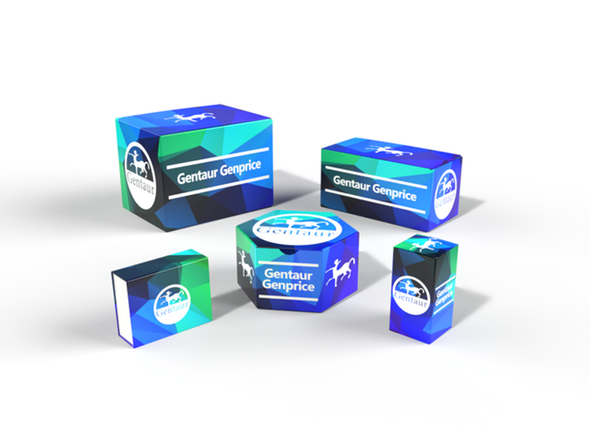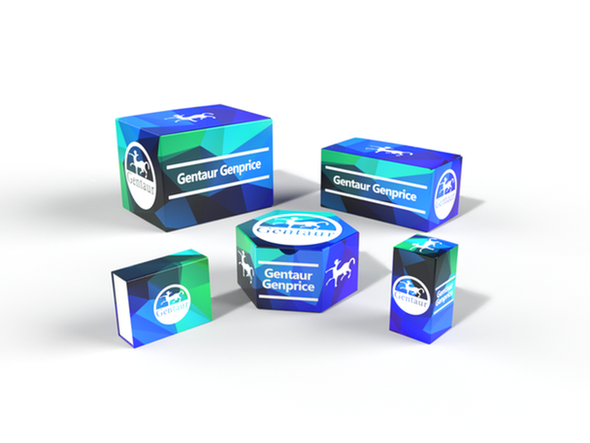Description
ALOX15B Antibody | 29-664 | Gentaur UK, US & Europe Distribution
Host: Rabbit
Reactivity: Human
Homology: N/A
Immunogen: Antibody produced in rabbits immunized with a synthetic peptide corresponding a region of human ALOX15B.
Research Area: Cancer
Tested Application: E, WB
Application: ALOX15B antibody can be used for detection of ALOX15B by ELISA at 1:312500. ALOX15B antibody can be used for detection of ALOX15B by western blot at 2.5 μg/mL, and HRP conjugated secondary antibody should be diluted 1:50, 000 - 100, 000.
Specificiy: N/A
Positive Control 1: Cat. No. 1205 - Jurkat Cell Lysate
Positive Control 2: N/A
Positive Control 3: N/A
Positive Control 4: N/A
Positive Control 5: N/A
Positive Control 6: N/A
Molecular Weight: 74 kDa, 73 kDa, 67 kDa
Validation: N/A
Isoform: N/A
Purification: Antibody is purified by protein A chromatography method.
Clonality: Polyclonal
Clone: N/A
Isotype: N/A
Conjugate: Unconjugated
Physical State: Liquid
Buffer: Purified antibody supplied in 1x PBS buffer with 0.09% (w/v) sodium azide and 2% sucrose.
Concentration: batch dependent
Storage Condition: For short periods of storage (days) store at 4˚C. For longer periods of storage, store ALOX15B antibody at -20˚C. As with any antibody avoid repeat freeze-thaw cycles.
Alternate Name: ALOX15B, 15-LOX-2
User Note: Optimal dilutions for each application to be determined by the researcher.
BACKGROUND: ALOX15B is a member of the lipoxygenase family of structurally related nonheme iron dioxygenases involved in the production of fatty acid hydroperoxides. The protein converts arachidonic acid exclusively to 15S-hydroperoxyeicosatetraenoic acid, while metabolizing linoleic acid less effectively.This gene encodes a member of the lipoxygenase family of structurally related nonheme iron dioxygenases involved in the production of fatty acid hydroperoxides. The encoded protein converts arachidonic acid exclusively to 15S-hydroperoxyeicosatetraenoic acid, while metabolizing linoleic acid less effectively. This gene is located in a cluster of related genes and a pseudogene that spans approximately 100 kilobases on the short arm of chromosome 17. Alternatively spliced transcript variants encoding different isoforms have been described.










